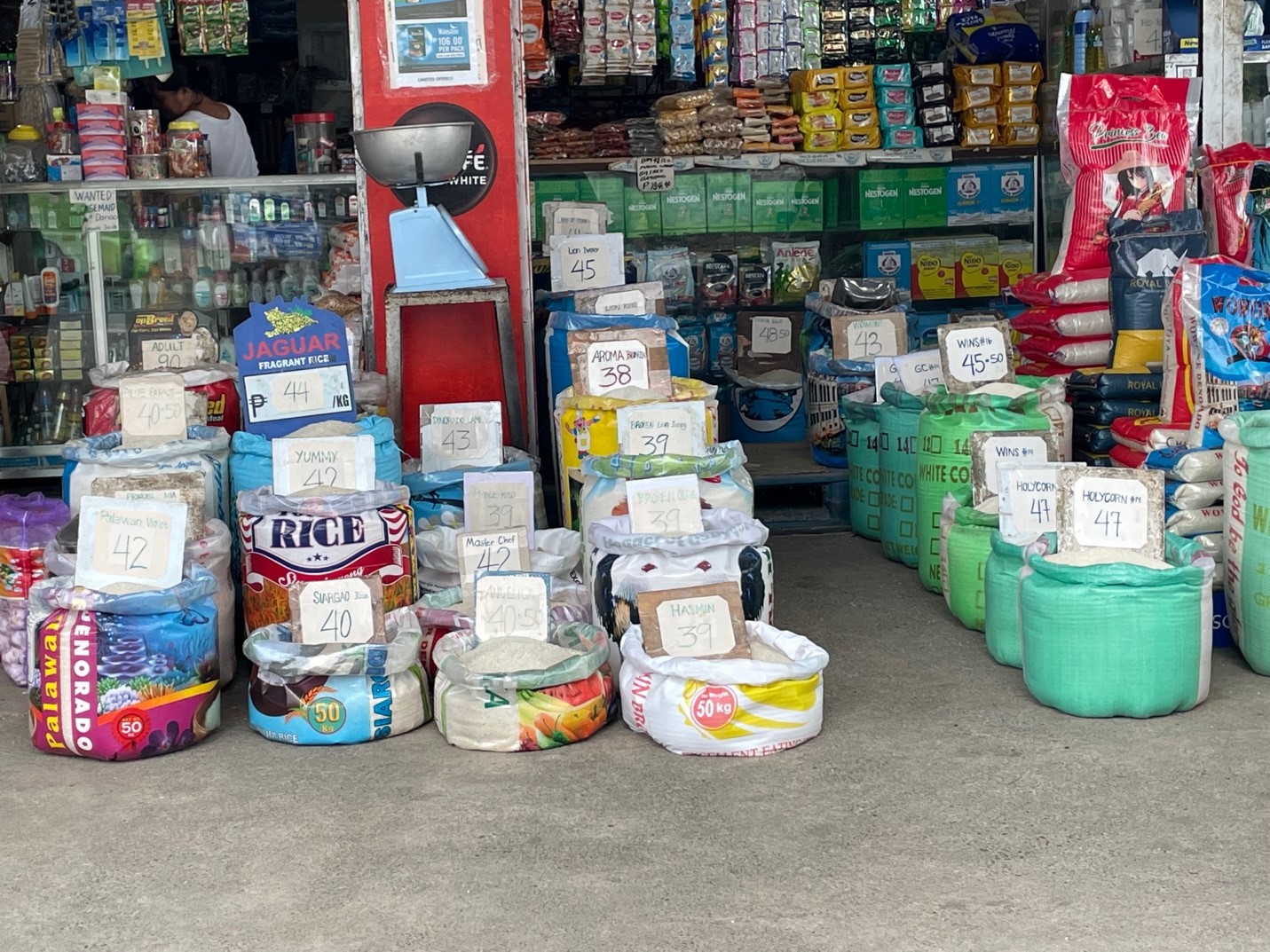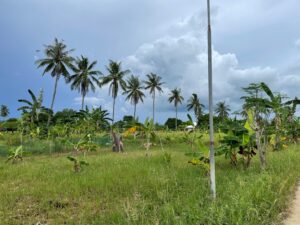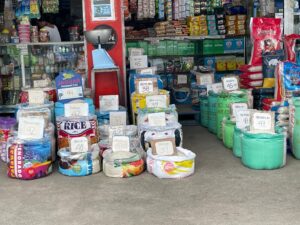[Report] KUMAPS Report “The effect of weather shocks on child undernutrition in Cebu, Philippines” (Maricor Carmela Amoguis Ieiri)

2023.3.2
EnglishResearch Activities日本語研究活動
The effect of weather shocks on child undernutrition in Cebu, Philippines
Maricor Carmela Amoguis Ieiri (Graduate School of Medicine, University of Tokyo)
Keywords: weather shocks, nutrition, diet, food security, Filipino adolescents
Abstract
Climate change and extreme weather events can affect children’s nutritional status through multiple pathways. Climate-sensitive factors such as food availability, access, and biological food utilization influence the major determinants of undernutrition – dietary intake and health status. This study explored experiences of extreme climate and weather shocks that affected children’s dietary patterns and nutritional status in San Remegio, a rural community in Cebu, Philippines. Differential socioeconomic characteristics and coping mechanisms adopted by the households aggravated or mitigated the impacts of weather shocks.
Research background
Climate variability can affect children’s nutritional status through multiple pathways that have health effects lasting until later life. Climate-induced disturbances at the regional or local level, especially during extreme drought, flooding, or similar disasters may increase food prices, reduce household income or affect access to food available in local markets for affected populations [1,2]. Changes in the reproduction rate of disease vectors (e.g., mosquitos), drinking water quality, and other determinants of childhood diseases have been shown to increase malnutrition [3]. These secondary causes are potentially sensitive to weather variability and may have a distinct impact on children affecting their dietary intake and health status leading to undernutrition [4]. Evidence has documented that climate and weather variables play an equally substantial role in determining childhood undernutrition other than individual factors, household socioeconomic status, and environment [5]. Hence it is important to understand how these shocks affect child undernutrition to design interventions and implement appropriate strategies, especially in disaster-prone countries like the Philippines.

Photo 1. Main agricultural products of San Remigio: corn, coconut, mango and sugarcane
Research purpose
The purpose of this study is to examine how experiences of extreme climate and weather shocks affect children’s dietary patterns and nutritional status in a rural community in the Philippines.
Results/Achievements
This is a follow-up survey of my 2018 master’s thesis conducted in San Remigio, a rural municipality located in the northwestern part of Cebu, Philippines.
Photo 1: Main agricultural products of San Remigio: corn, coconut, mango and sugarcane
We interviewed 309 participants and their parents or guardians. The age range is from 10-16 years, and most of the participants are in adolescence. Height and weight of both children and parents were measured. Blood pressure of parents was also taken. We visited their homes and interviewed them regarding their food consumption, food security experience, and household information. People in this area engage in farming, fishing, raising livestock, construction, tourism, and other agro-industrial livelihoods. Most families fall on or below the poverty threshold (12,030 Philippine pesos per month for a family of five / 206 U.S. dollar currency exchange as of November 2022) [6]. The mean number of households in San Remegio is 5.3 members. Households have access to improved drinking water sources and handwashing facilities but there are still problems with unsanitary toilet facilities. They have small gardens in their backyard for consumption but are often destroyed during extreme weather events like typhoons and flooding. The typical diet of adolescents includes rice, vegetables, and fish or meat. Based on the interviews, I found it interesting that a trend of consuming instant coffee is increasing among adolescents in this area. They also talked about experiencing food insecurity exacerbated by both COVID pandemic and weather shocks. A big typhoon (international name: Typhoon Rai) hit Cebu province in December 2021, but the area was not severely affected. The impacts brought about by the typhoon varied by households due to socioeconomic characteristics and coping strategies adopted.
Plans for further research
I plan to compare participants’ current data now that they are in their adolescence with their baseline health data. I want to examine any health changes and outcomes possibly influenced by past and present environmental and weather factors. I am also interested in exploring households’ coping mechanisms during weather shocks and whether these mechanisms mitigate the impact on their dietary patterns and nutritional status.

Photo 2. Different rice varieties sold at the public market in the town center
References
[1] C.B. Barrett
Measuring food insecurity
Science, 327 (5967) (2010), pp. 825-828
[2] M.E. Brown, V. Kshirsagar
Weather and international price shocks on food prices in the developing world
Global Environ. Change, 35 (2015), pp. 31-40
